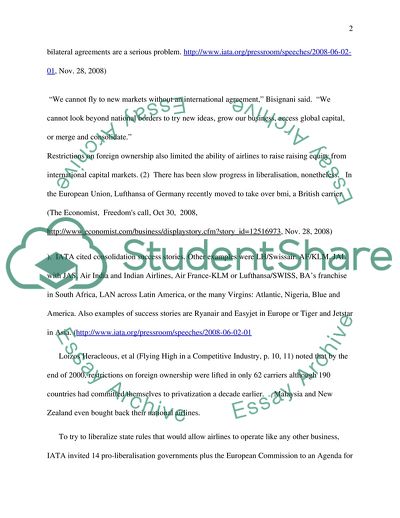Cite this document
(The Airline Industry Case Study Example | Topics and Well Written Essays - 2500 words, n.d.)
The Airline Industry Case Study Example | Topics and Well Written Essays - 2500 words. Retrieved from https://studentshare.org/tourism/1718393-you-are-required-to-select-and-investigate-a-particular-sub-sector-of-the-tourism-industry-airlines
The Airline Industry Case Study Example | Topics and Well Written Essays - 2500 words. Retrieved from https://studentshare.org/tourism/1718393-you-are-required-to-select-and-investigate-a-particular-sub-sector-of-the-tourism-industry-airlines
(The Airline Industry Case Study Example | Topics and Well Written Essays - 2500 Words)
The Airline Industry Case Study Example | Topics and Well Written Essays - 2500 Words. https://studentshare.org/tourism/1718393-you-are-required-to-select-and-investigate-a-particular-sub-sector-of-the-tourism-industry-airlines.
The Airline Industry Case Study Example | Topics and Well Written Essays - 2500 Words. https://studentshare.org/tourism/1718393-you-are-required-to-select-and-investigate-a-particular-sub-sector-of-the-tourism-industry-airlines.
“The Airline Industry Case Study Example | Topics and Well Written Essays - 2500 Words”. https://studentshare.org/tourism/1718393-you-are-required-to-select-and-investigate-a-particular-sub-sector-of-the-tourism-industry-airlines.


